Last year I asked if readers knew of particular multi-dwelling terrace or apartment housing where there is an over-heating problem so that I could do some simple initial investigation of what difference significant internal thermal mass elements, ie concrete, might contribute in light-weight timber construction towards modifying the passive over-heating. Understandably there was little response, but included was an under construction two-storey duplex building which is typical of some of the housing being constructed within that development project.
With no specific problem dwellings being offered, I decided to investigate the duplex example as it is a middle of the road housing typology between standalone and full terrace homes which are becoming common these days. Duplexes have only one party wall rather than the two parallel dividing walls of terrace housing which generally would be more susceptible to passive over-heating due to only having two narrower exterior walls at each end of the longest dimension.
Apartments have even more potential for undesirable passive over-heating as they are often arranged around an interior central circulation zone meaning that many have only one of their six boundary planes exposed to the exterior elements.
All types of housing exist in, and are influenced by, the thermally dynamic natural environment surrounding us. Our building design and construction must acknowledge this in a dynamic and all-inclusive way. Over the years I have written on these topics: In April 2014 “Insulation, Glazing & Thermal Mass: Is There a Simple Relationship”; and again in December 2014 “Insulation, Thermal Mass & Glazing: The Juggling Game”.
For this simple exploration, I have located the duplex in Auckland, with the party-wall orientated on the south side of the unit being studied. The east and west walls are shorter than the party and north walls. The entry is central along the north wall and opens to the stair which bisects the unit. A flat roof single storey garage is attached to the west end of the north wall. The gable ended 40° roof over a flat ceiling adjoins the matching roof of the other unit at a common gutter above the party-wall. The central stairwell has skillion roof planes at the north and south ends with a small central flat ceiling below the small attic under the east-west ridge line, and a skylight. The 52m² concrete slab ground floor has the entry, kitchen/dining/living, a bedroom, bathroom and stair. On the 53m² upper timber floor is the stair foyer, two bedrooms, bathroom, and laundry.
The building is of light-weight timber construction with the party wall constructed as a light-weight proprietary firewall. The duplex units obtained NZBC-H1 Building Consent by the Schedule Method of the 5th Edition, Amendment 1 of the NZ Building Code clause H1.
To assess the possible effect on the passive thermal performance of increasing the internal thermal mass of the north unit of the duplex building, I have applied the standard scientific procedure of only changing one or two variables at a time, while maintaining all other aspects unchanged, and then comparing the before and after results. In this case I have substituted a 190mm concrete block wall for the light-weight firewall and a 120mm thick concrete slab for the timber mid-floor. {Yes, I have ignored the (easily solved) practical problem of how to support the suspended concrete slab; that is not the point of the investigation.} I have used dynamic passive thermal simulation modelling software – AccuRateNZ – to analyse hour by hour the before and after thermal performance of the dwelling.
First some definitions:
- BPI – Building Performance Index. A numerical ratio as defined in Appendix B of NZBC-H1
- Heating – The additional energy (after the environmental passive input) required to bring each room's temperature up to the minimum thermostat setting, usually 20°C for any particular hour.
- Cooling (sensible) – The imported cooling energy required to bring the temperature of each room down to a maximum of 25°C for any particular hour.
- Cooling (latent) – When air is cooled its humidity increases so extra energy is required for dehumidifying down to 50%RH for any particular hour.
N.B. Between the minimum and maximum passive temperatures no imported energy is required so no energy deficit is recorded by the software. Of course the occupants can switch on imported energy as they require.
The heating and cooling energy deficits are recorded in MJ/m²/annum. To convert to kWh/m²/annum divide them by 3.6.
- Peak Heating Shortfall – This is the heating energy deficit for the kitchen/dining/living zone (approx. 29m²) for the coldest hour of the coldest day of the year. Recorded in Kilowatts.
- Annual Energy Consumption – The calculated heating energy deficit for the kitchen/dining/living zone over a period of one year. This is made up with imported energy. Recorded in Megajouls.
- Annual CO2 Emissions — The calculated CO2 emissions from the heating deficit for the kitchen/dining/living zone over a period of one year. Recorded in Kilograms and based on the deficit being met by electric resistive type heaters
The analysis:
The analysis has been applied to two main options;
- Option A – the light-weight dwelling as constructed.
- Option B – the same construction but with a 190mm thick concrete block party wall across both levels and a 120mm thick mid-floor.
Plus a third: - Option C – the same as Option B but with the concrete block party wall reduced to 140 thick and the mid-floor reduced to 100mm thick. Because this change is easy to do I did it so as to measure the difference a reduction of the amount of significant heavy thermal mass might make with a reduction of about 25% for the party wall and a bit under 20% for the mid-floor. The problem with determining the quantity of thermal mass that would be most effective throughout the year is that it is difficult to calculate the effect of the dynamic thermal environment that a real dwelling exists in.
The results are as follows:
| Option A | Option B | Option C | |
| BPI | 0.49 | 0.38 | 0.39 |
| Heating | 87.8 | 67.9 | 70.6 |
| Sensible Cooling | 0.3 | 0.0 | 0.0 |
| Latent Cooling | 0.0 | 0.0 | 0.0 |
| Total Energy Deficit | 88.1 | 67.9 | 70.6 |
The above results show that introducing heavy thermal mass into the interior of the dwelling improves the thermal performance, IN THIS SPECIFIC CASE, by about 23% for option B over option A — a worthwhile saving over the life of the dwelling. As with all construction, thermal performance is but one of a multitude of factors which go into the production of housing, but it is one of the few factors which give a return year after year.
| For the 20m² Kitchen/Dining/Living Zone |
|||
| Peak Heat Shortfall | 1.7 kW | 2.1 kW | 2.2 kW |
| Annual Heating Deficit | 2,850 MJ | 2,664 MJ | 2,714 MJ |
| Annual CO2 Emissions from Heating Deficit | 294 Kg | 274 Kg | 280Kg |
The results are only for the 20m² kitchen/dining/living zone which is at the east end of the ground floor for each of the three options. The Peak Heat Shortfall figures are the heating energy deficit to heat the whole volume on the coldest hour of the coldest day of the year. The next two figures are for the same volume (not per m²) across the 365 days of the year.
As I expected, this duplex unit does not demonstrate summer overheating primarily was it is well designed with an appropriate proportion of window area and locations. What it does do is demonstrate that thermal mass, be it more or less, does influence the long-term thermal performance of a dwelling.
Through EcoRate Ltd – Architect I provide objective independent passive solar thermal performance analysis and advice on sustainability matters, to Architects, Designers, Builders, Manufacturers, and others in the construction industry, included those proposing to build a new home.
For more information feel free to contact Keith at EcoRate Ltd on 021 890 251, [email protected], or our website www.settlement.co.nz.






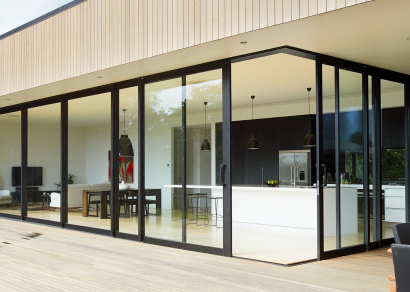
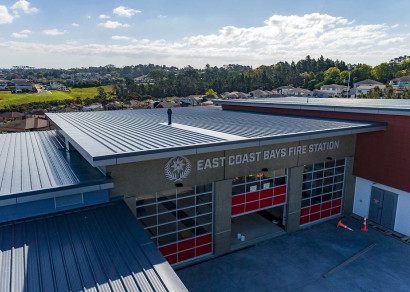
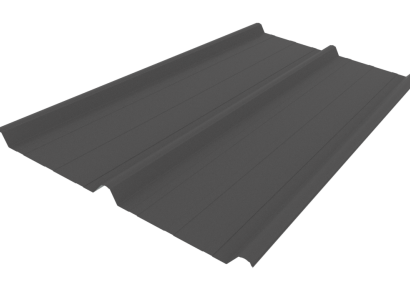
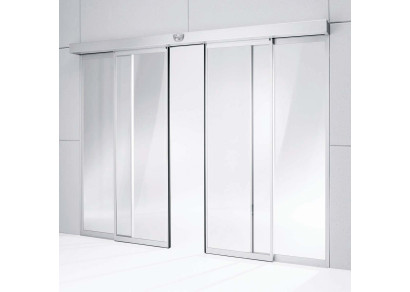
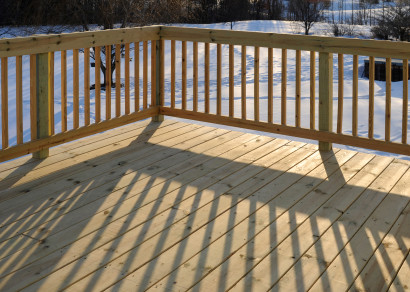
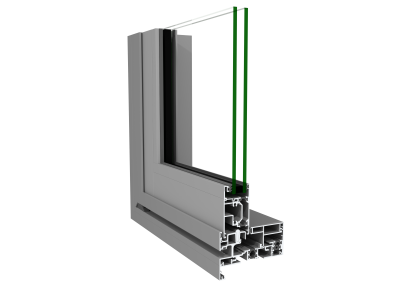

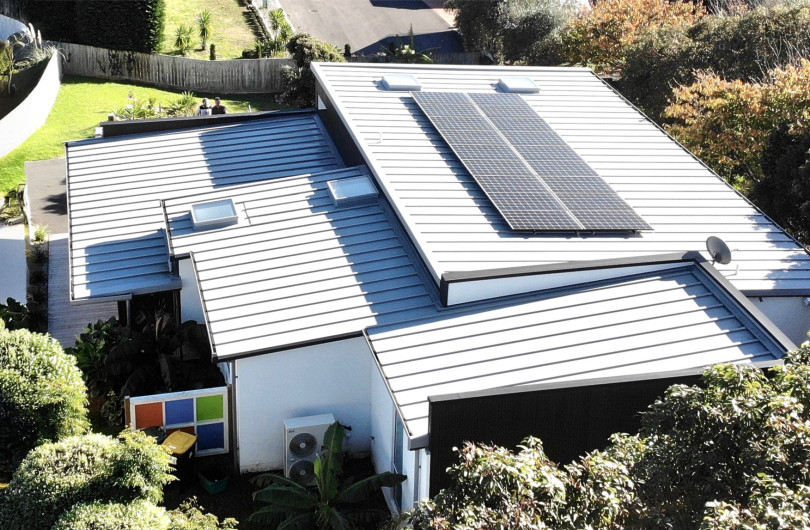
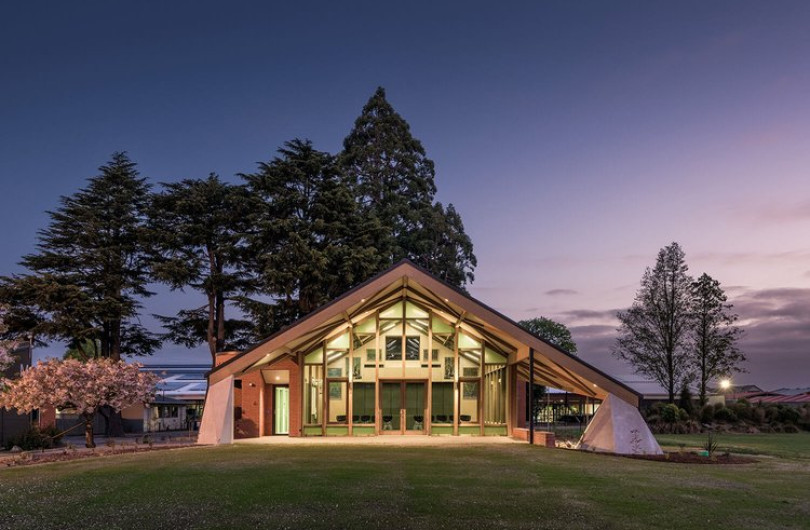



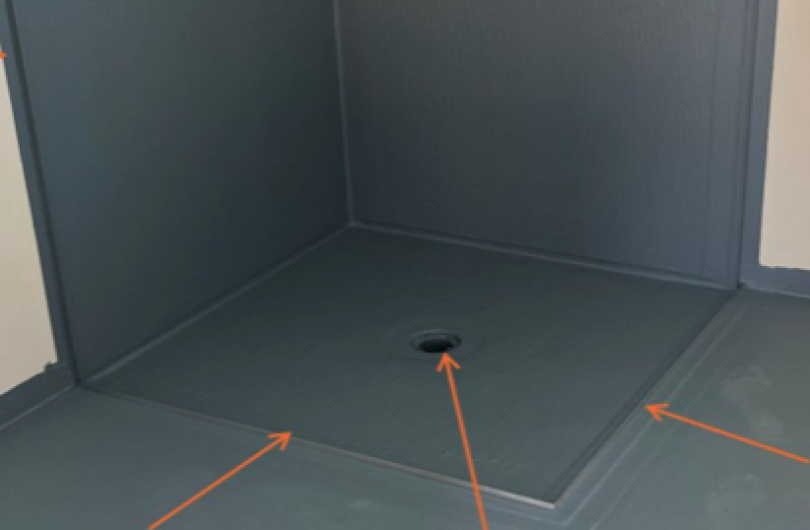






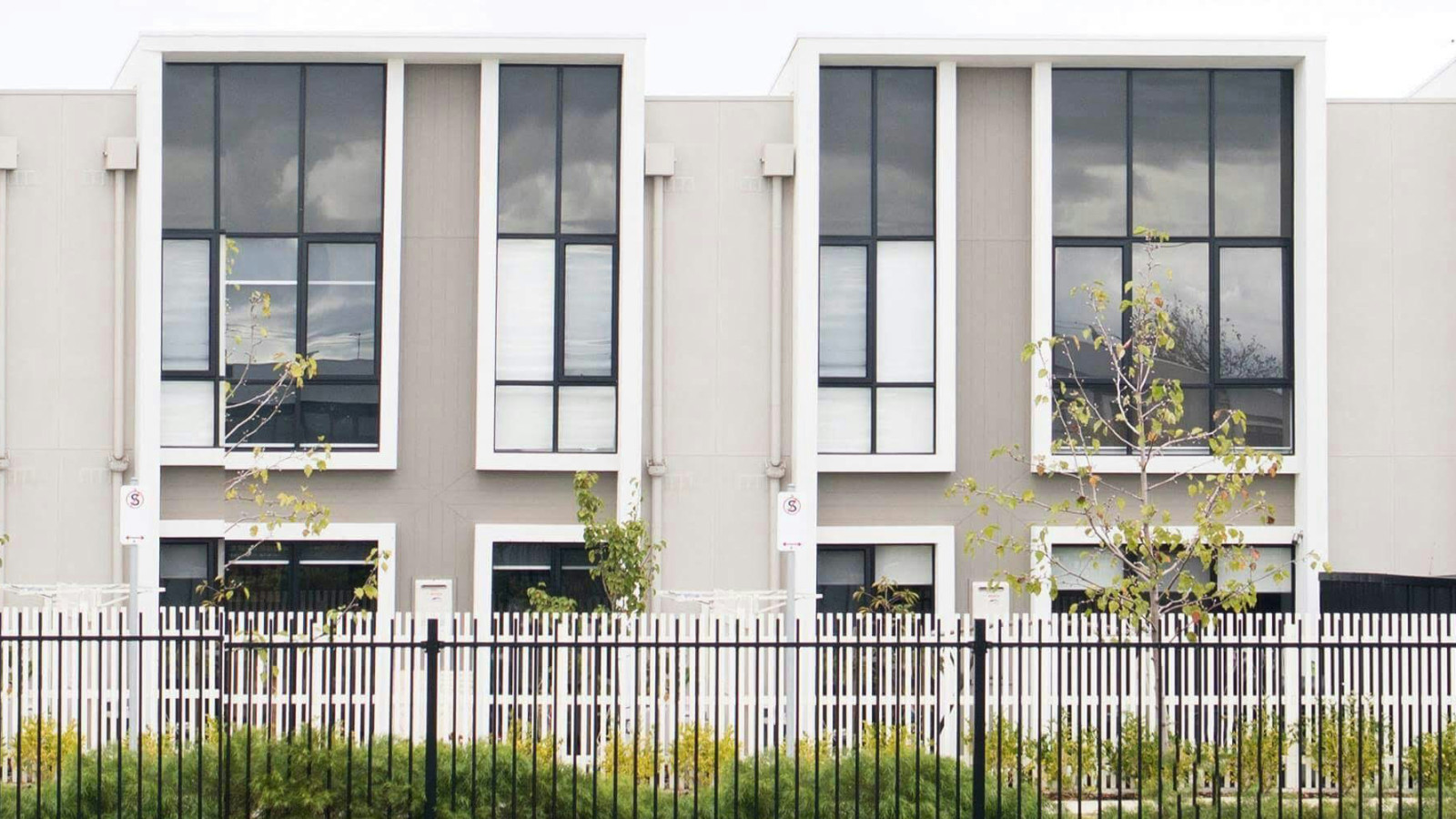



 Most Popular
Most Popular Popular Products
Popular Products



